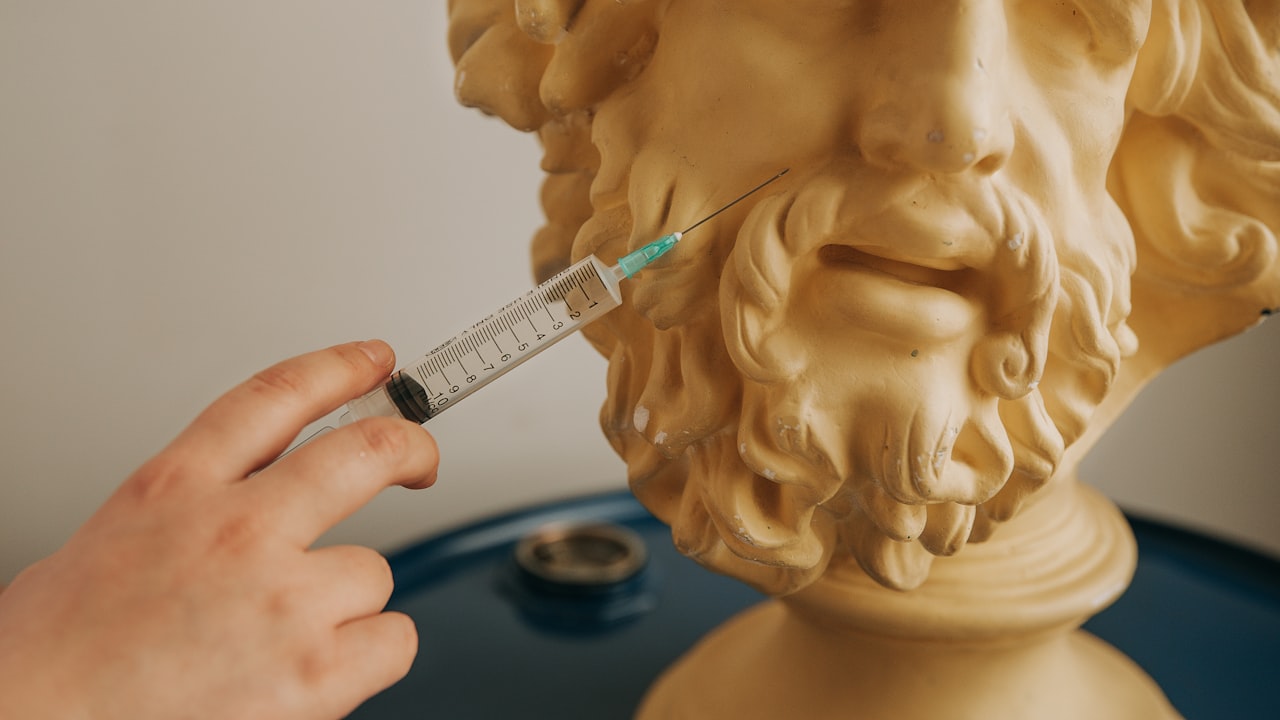Title: Designing Precision Injection Molds: Key Factors for Success
In the production process of plastic products, injection molds play a crucial role in determining the quality and precision of the final products. As such, it is essential for injection mold factories and suppliers to prioritize the design of precision injection molds to ensure successful production outcomes.
One of the key factors for designing precision injection molds is understanding the specific requirements of the intended plastic products. This involves close collaboration between the injection mold factory and the clients to determine the exact dimensions, shapes, and tolerances needed for the molds. By clearly defining these requirements from the outset, it becomes easier to design molds that meet the desired specifications.
Another important consideration in designing precision injection molds is the choice of materials. High-quality materials with excellent wear resistance and thermal stability are essential for ensuring the longevity and performance of the molds. Injection mold suppliers should carefully select materials that can withstand the high temperatures and pressures involved in the injection molding process, while also maintaining dimensional stability over time.
Furthermore, the design of precision injection molds should take into account factors such as cooling systems, gating locations, and parting lines. Effective cooling systems are crucial for controlling the temperature distribution within the mold cavity and ensuring uniform cooling of the molten plastic. Proper gating locations and parting lines help facilitate the flow of the plastic material and the ejection of the final products from the molds.
Additionally, the use of advanced technologies such as computer-aided design (CAD) and computer-aided manufacturing (CAM) can significantly enhance the precision and efficiency of mold design. These tools enable injection mold designers to create complex geometries and intricate details with high accuracy, leading to improved product quality and consistency.
In conclusion, designing precision injection molds requires careful attention to detail, collaboration between injection mold factories and clients, selection of high-quality materials, consideration of key design factors, and utilization of advanced technologies. By following these key factors for success, injection mold suppliers can ensure the production of high-quality plastic products that meet the stringent requirements of the market.

 Title: Advanced Techniques in Injection Moulding for Precision Manufacturing
Title: Advanced Techniques in Injection Moulding for Precision Manufacturing